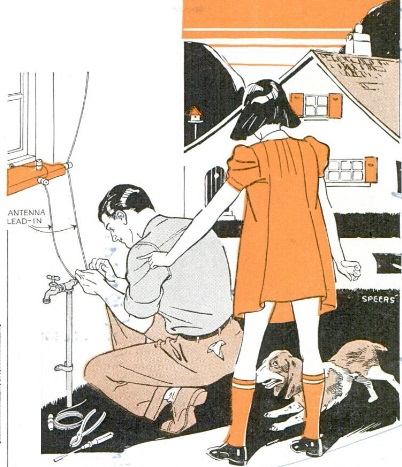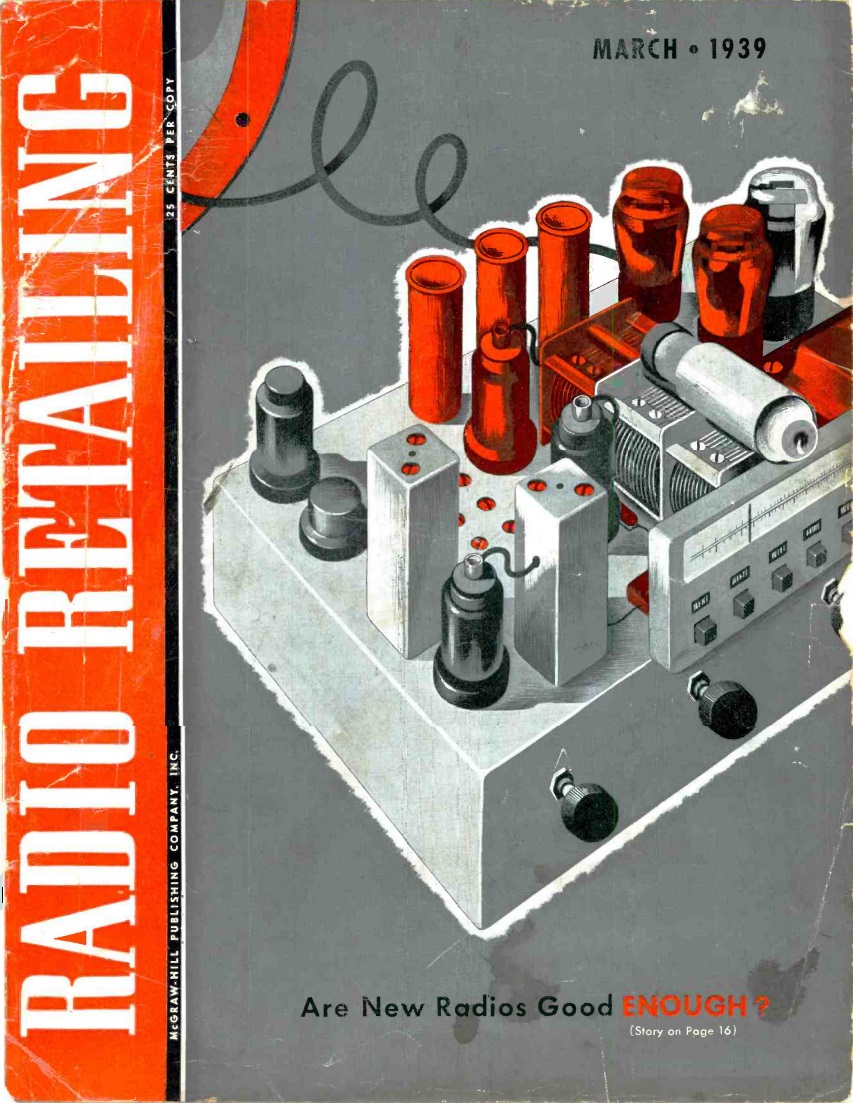 A hundred years ago, a young man in Montana (it apparently never occurred to them that girls might be interested) who had completed the eighth grade, who would be interested in radio, could enroll in this course at the Billings Polytechnic Institute.
A hundred years ago, a young man in Montana (it apparently never occurred to them that girls might be interested) who had completed the eighth grade, who would be interested in radio, could enroll in this course at the Billings Polytechnic Institute.
The course could stand alone, or be combined with a high school or college course. The student would construct their own radio, and the course was to be unlike anything offered in the West.
The Billings Polytechnic Institute merged with another school and is now Rocky Mountain College. This ad appeared a hundred years ago today in the Wolf Point (MT) Herald, April 24, 1924.










